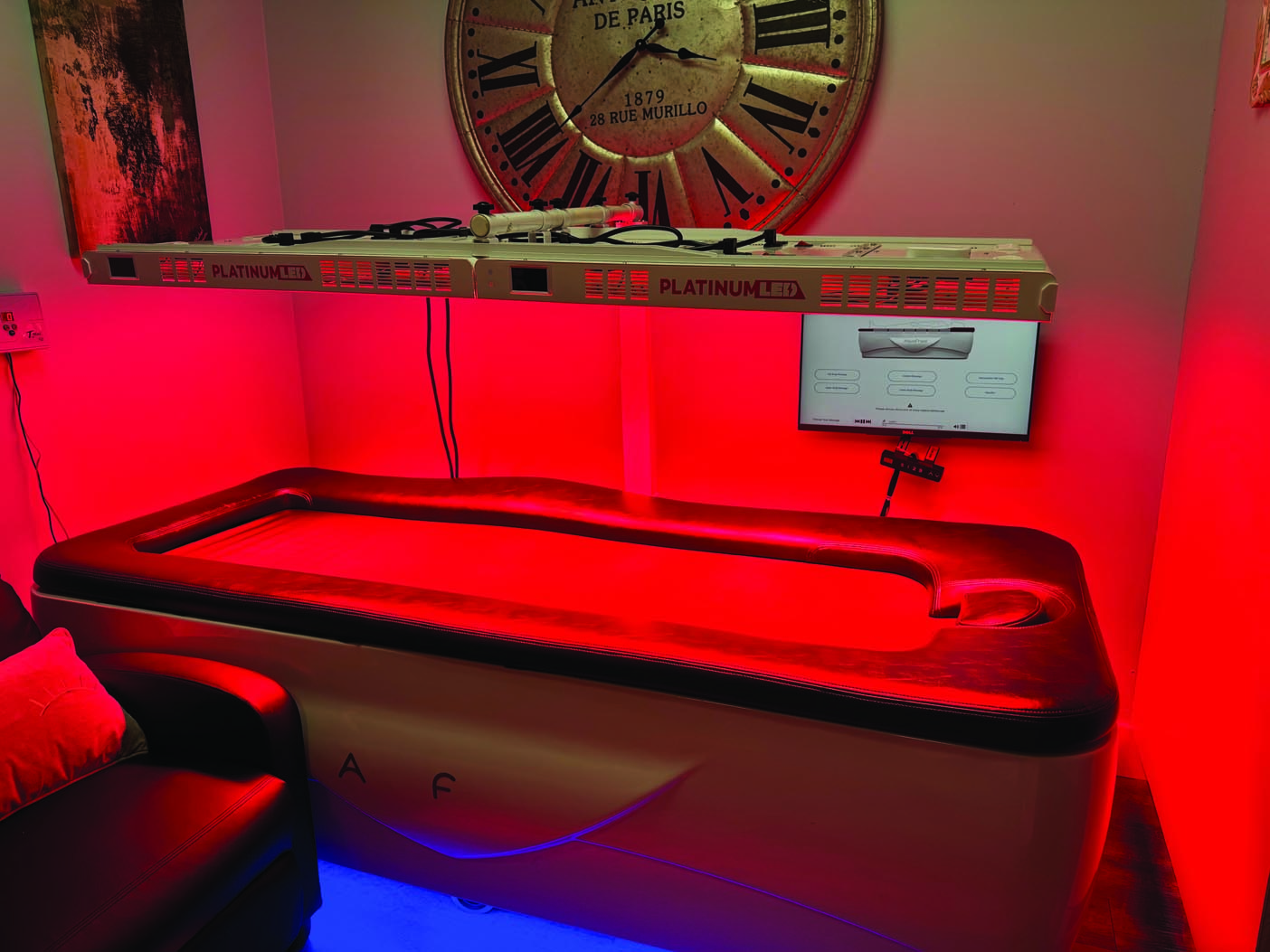Typically, this “Industry Watchdog” space is devoted to finding an anti-tanning story, exposing the flaws in research (there almost always are some) and offering IST readers a positive, fact-based response to the claims made. This month, let’s take a look at an article claiming that age restrictions imposed at high schools decreased indoor tanning activity among teens. The study points out that “cumulative lifetime exposure to indoor tanning beds and younger age at first use of indoor tanning are associated with increased melanoma risk.” It proposes that recent reductions in indoor tanning among youths are likely the result of increased public health attention. healio.com/news/dermatology/20200924/indoor-tanning-decreased-in-high-school-students-following-age-restrictions
Well, that’s a pretty big leap. One of the jumps that researchers typically make is claiming that the attempts to control and legislate our industry result in a direct impact on indoor tanning activity. Although most states now have age restrictions, one can not and should not assume that teens (and younger) now get zero UV exposure. Each year, millions flock to the beaches, lakes and pools for fun in the sun. I reside in Georgia, where – as is true in many states – people can receive UV exposure through outdoor activities almost year-round. Let me tell you, kids are still getting tan!
But, one of the hazards of restricting teens from indoor tanning is the unintended consequences of overexposure and sunburn solely from time spent in natural sunlight. Ballparks, tennis courts, soccer fields and parks are flooded with folks who get way too much sun. Each summer, I drive to Florida to soak up some rays on the sand and see thousands of kids (and some infants) on these beaches. I umpire youth baseball games and see the same at the parks. How responsible are the parents? Do they apply and reapply the correct amount of SPF products throughout the day? How responsible are our states for allowing this while banning indoor tanning and not restricting outdoor sun exposure? Can you imagine the warning signs that could be posted at these locales, if they were similar to the ones salon operators are required to post? Crazy, for sure.
At the end of the day, millions of people weigh the benefits of UV exposure and choose to seek a cosmetic tan with UV sessions at a professional indoor tanning facility, where the risk of overexposure and sunburn are minimized by skin-typing and timer systems. As we enter our fifth decade of modern indoor tanning, make sure to remind your current and potential clientele of the difference!





















